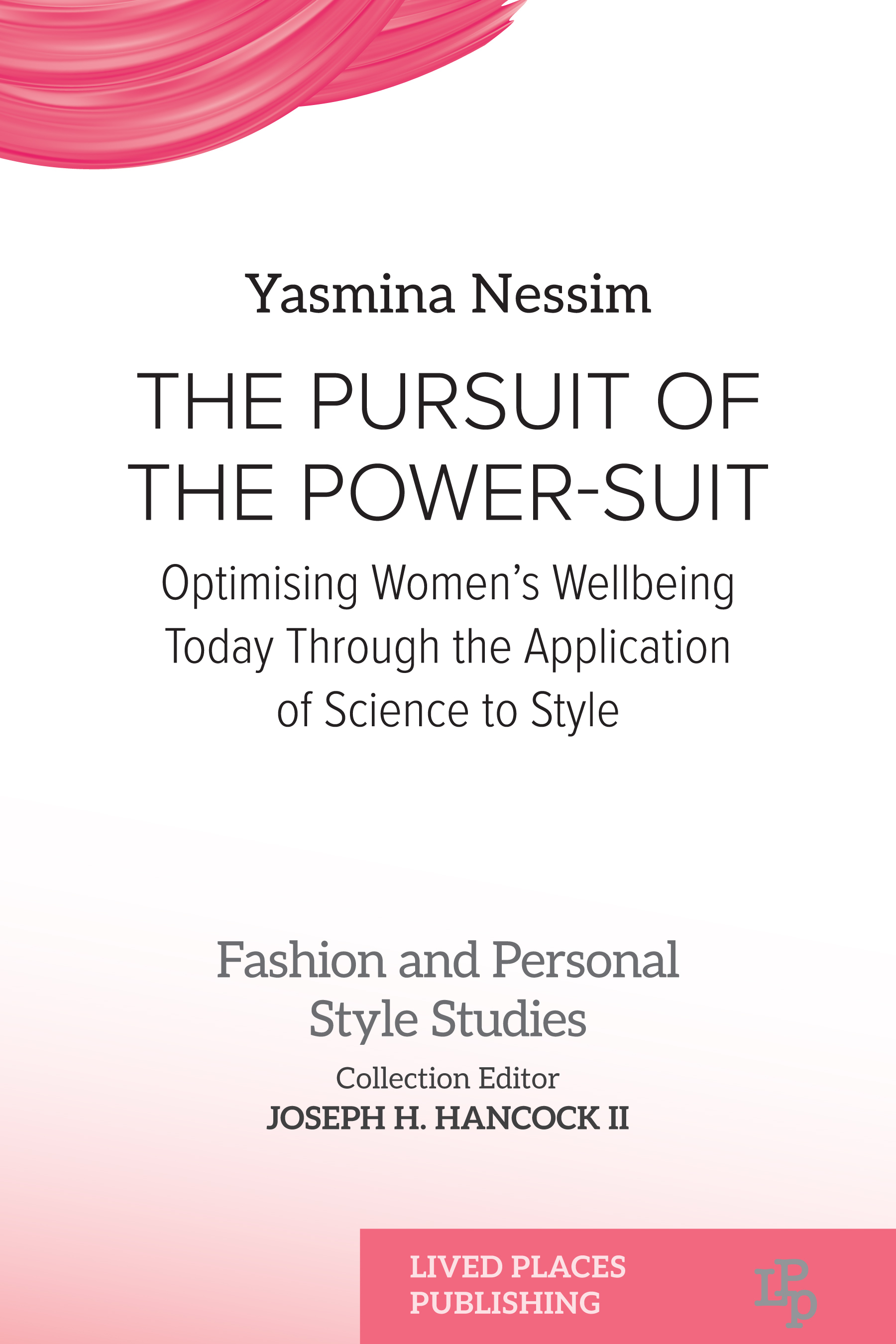
Explores the displaced Anatolian Greek communities' identities and resilience before, during, and after the Greco-Turkish War (1919-1922) through the language of clothing and textiles.
About The Book
About The Author
What can clothing and textile artefacts tell us about the identities, experiences, and resilience of displaced Anatolian Greek communities, and how can we maintain intercultural memory?
Escaping the coast of Asia Minor, over one million Anatolian Greeks sought refuge in Greek territory before, during, and after the Greco-Turkish War (1919-1922), endangering their memories and cultural heritage. Examining the clothing people chose to bring with them such as wedding dresses, and the textile trades they developed, including rug weaving, Clothes and Textiles of Anatolian Greek Refugees aims to shed light on complex historical events and deepen our understanding of the people in this post-conflict society.
Author Eleni Chasioti further highlights the significant role of contemporary museum collections that collect and preserve items in relation to forced migration as catalysts for maintaining intercultural memory and showing a path to healing and progression.
Inviting contemporary readers to weave together the fabric of past lives, this book is ideal reading for students of Fashion and Personal Style Studies, Fashion and Museum Curation, Forced Migration and Refugee Studies, Archaeology, History, and History of Art.
Eleni Chasioti is a Greek-born, UK-based independent curator and writer who is endlessly interested in exploring lived experiences within material culture and everyday objects. Eleni has a background in Archaeology and Art History and holds a master’s degree in Fashion Curation from London College of Fashion. She lives in South East London with her family.
What can clothing and textile artefacts tell us about the identities, experiences, and resilience of displaced Anatolian Greek communities, and how can we maintain intercultural memory?
Escaping the coast of Asia Minor, over one million Anatolian Greeks sought refuge in Greek territory before, during, and after the Greco-Turkish War (1919-1922), endangering their memories and cultural heritage. Examining the clothing people chose to bring with them such as wedding dresses, and the textile trades they developed, including rug weaving, Clothes and Textiles of Anatolian Greek Refugees aims to shed light on complex historical events and deepen our understanding of the people in this post-conflict society.
Author Eleni Chasioti further highlights the significant role of contemporary museum collections that collect and preserve items in relation to forced migration as catalysts for maintaining intercultural memory and showing a path to healing and progression.
Inviting contemporary readers to weave together the fabric of past lives, this book is ideal reading for students of Fashion and Personal Style Studies, Fashion and Museum Curation, Forced Migration and Refugee Studies, Archaeology, History, and History of Art.
Eleni Chasioti is a Greek-born, UK-based independent curator and writer who is endlessly interested in exploring lived experiences within material culture and everyday objects. Eleni has a background in Archaeology and Art History and holds a master’s degree in Fashion Curation from London College of Fashion. She lives in South East London with her family.
Rate this Book
Tell us what you think.





